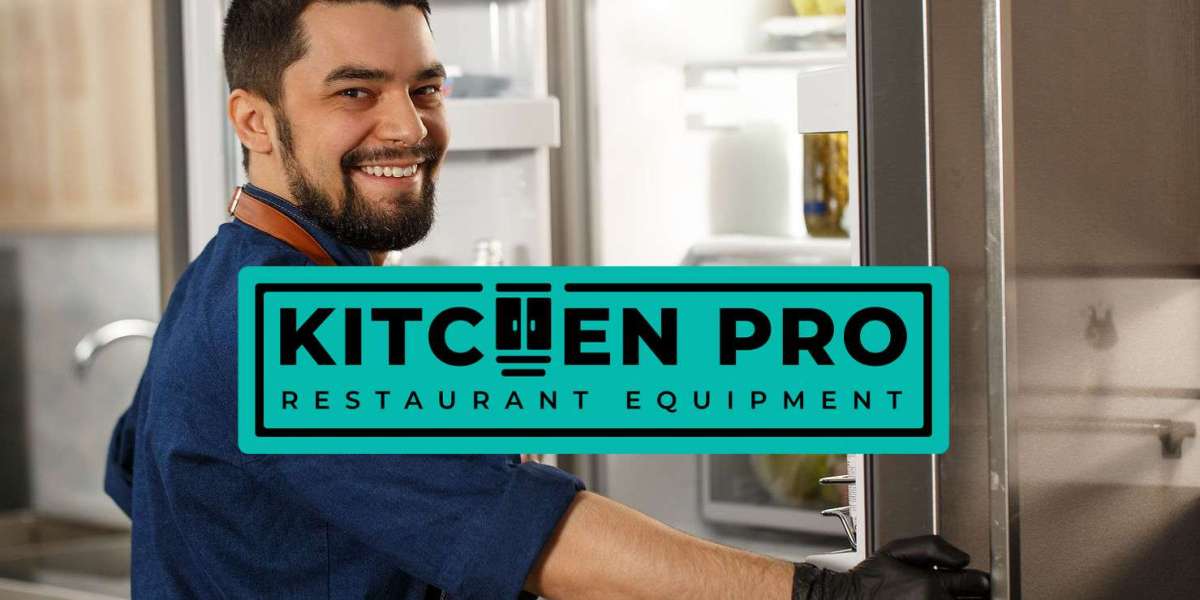A well-run restaurant kitchen is not only efficient and productive but also safe for all its staff. Ensuring safety in the kitchen is paramount to preventing accidents, reducing downtime, and maintaining a smooth workflow. At Kitchen pro restaurant equipment, we prioritize safety alongside functionality in all our products. Here are some essential safety tips to keep your restaurant kitchen secure and hazard-free.
Proper Training and Protocols
One of the most critical aspects of kitchen safety is ensuring that all staff members are adequately trained. This includes understanding how to operate kitchen pro appliances correctly, handling kitchen tools safely, and knowing emergency procedures.
Training Programs
Equipment Training: Provide comprehensive training on how to use all kitchen equipment properly. This includes everything from combi ovens to dishwashers, ensuring that every team member knows the correct usage and safety features of each appliance.
Emergency Drills: Regularly conduct fire and emergency drills to prepare your staff for any potential hazards. Familiarize them with the locations of fire extinguishers, first aid kits, and emergency exits.
Hygiene Practices: Educate your team on the importance of personal hygiene and food safety practices to prevent cross-contamination and foodborne illnesses.
Regular Maintenance and Inspections
Keeping your kitchen equipment in top condition is vital for safety. Regular maintenance and inspections can prevent malfunctions that could lead to accidents.
Scheduled Maintenance
Routine Inspections: Set up a schedule for regular inspections of all Kitchen Pro appliances. Check for any signs of wear and tear, and address any issues promptly to avoid unexpected breakdowns.
Professional Servicing: Have a professional technician service your equipment periodically. This ensures that all appliances are functioning correctly and safely, reducing the risk of accidents.
Cleanliness: Keep all equipment clean and free from grease and food buildup. This not only improves performance but also reduces the risk of fires and other hazards.
Safe Kitchen Layout
An efficient kitchen layout can significantly enhance safety by minimizing the risk of accidents and ensuring a smooth workflow. At Kitchen Pro, we offer equipment designed to fit seamlessly into any kitchen layout.
Design Considerations
Clear Pathways: Ensure that all pathways are clear of obstacles and clutter. This prevents trips and falls, allowing staff to move freely and safely.
Proper Lighting: Good lighting is essential for a safe kitchen environment. Ensure all areas, including workstations and walkways, are well-lit to prevent accidents.
Ergonomic Design: Arrange workstations and equipment to minimize unnecessary movements and strain. This not only improves efficiency but also reduces the risk of repetitive strain injuries.
Personal Protective Equipment (PPE)
Providing your staff with the appropriate personal protective equipment (PPE) is crucial for their safety. Ensure that all necessary PPE is available and that staff understand how to use it correctly.
Essential PPE
Non-Slip Shoes: Equip your staff with non-slip shoes to prevent slips and falls, especially in wet or greasy areas.
Heat-Resistant Gloves: Provide heat-resistant gloves for handling hot pans, pots, and Kitchen Pro appliances like combi ovens.
Cut-Resistant Gloves: Use cut-resistant gloves when handling sharp objects, such as knives and slicers, to prevent cuts and lacerations.
Emergency Preparedness
Being prepared for emergencies can make all the difference in a crisis. Equip your kitchen with the necessary tools and ensure your staff know how to use them.
Emergency Tools
Fire Extinguishers: Place fire extinguishers in easily accessible locations and ensure all staff know how to use them.
First Aid Kits: Keep well-stocked first aid kits in the kitchen and make sure staff know where they are located and how to use the contents.
Emergency Exits: Ensure all emergency exits are clearly marked and free from obstructions. Regularly check that exit routes are accessible and known to all staff.
Conclusion
Safety in the restaurant kitchen is paramount to ensuring a productive and accident-free environment. By following these essential safety tips from Kitchen Pro Restaurant Equipment, you can create a secure workplace that protects your staff and keeps your operations running smoothly. For more safety solutions and high-quality kitchen appliances, visit Kitchen Pro Restaurant Equipment.








